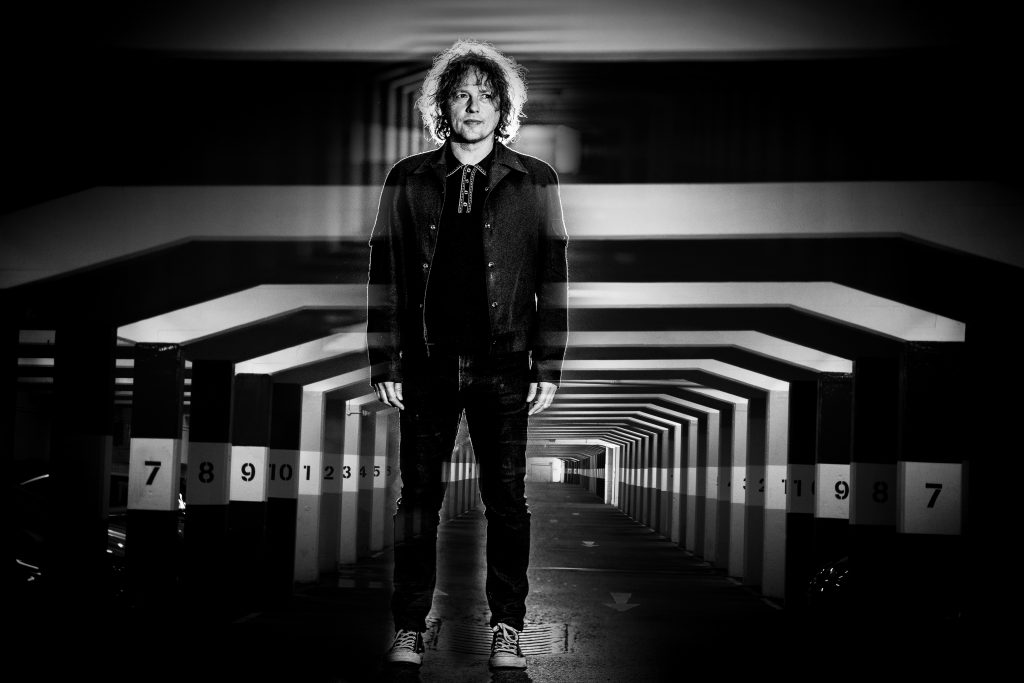WORDS: Gareth E. Rees
I’ve had an insanely busy year. It began with me finalising my debut short story collection, Terminal Zones, which eventually came out in October and features weird topographic tales about climate change and the effects of neoliberalism on ordinary people in everyday places. You can read about it here.
I also made music with my numerous bands, including a psychedelic disco track about the M6 with Pett Level Sounds, a punk song about Insulate Britain’s motorway protests with Black Arches and a bunch of raucous garage rock tunes with The Dirty Contacts thrashed out on stage in Hastings, Taunton and London.
During the summer I made some short films with Martin Fuller, including this one on Hackney Marshes , this one in the eerie Pevensey Levels and this one beneath a crumbling cliff edge in Fairlight, East Sussex.
The rest of my time was spent working for money, looking after my kids, and writing my next book of non-fiction, Sunken Lands, for Elliot and Thompson. It’s about flooded towns, submerged kingdoms and drowned forests, both real and mythic, and what they might teach us about how we cope with the effects of runaway global warming.
Somehow, with all that going on, I also managed to read some books. So I thought I’d list those which may be of interest to Unofficial Britain readers who share my fascination with landscape, architecture, weird fiction, horror, psychedelia, surrealism, indie publishing and cultural history.
As I say every year, not all these books are about Britain, nor were they all published this year. They’re just things that I’ve read in the past twelve months and liked a lot. My website, my rules. Anyway, I hope you find something inspiring in here to check out in 2023.
NON-FICTION
Iconicon: A Journey Around the Landmark Buildings of Contemporary Britain – John Grindrod (Faber, 2022)

This would make a great companion piece for anyone who has read Unofficial Britain. John looks at the country’s contemporary architecture with a keen critical eye, but also a lot of wit and heart, focussing on the people who actually dwell in these buildings as much as he does the architects who built them. In this book you’ll encounter business parks and ‘Tescobethan Sheds’, housing estates, hip suburban pop-ups and post-modernist shopping malls, along with contemporary icons (love them or hate them) like the Cheesegrater, Gherkin and Shard. Excellent stuff, as always,
The Living Stones: Cornwall – Ithell Colquhoun (Peter Owen Publishers, 2017)
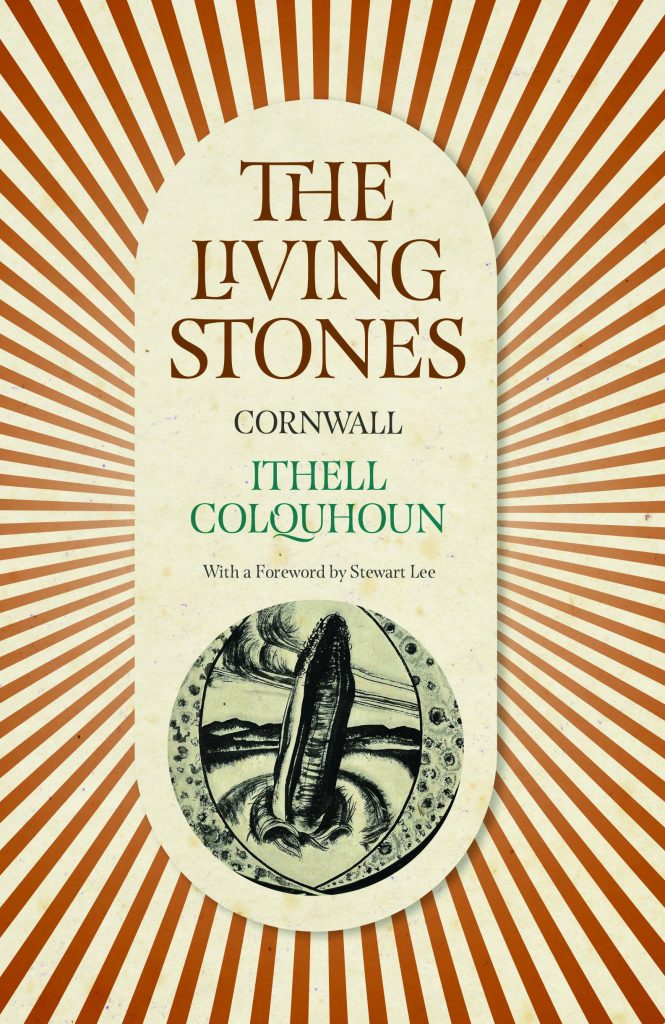
Originally published in 1957, this is a newish edition with a foreword by Stewart Lee. The Living Stones is surrealist painter, Ithell Colquhoun’s account of her time spent in Lamorna, a picturesque valley near Penzance in Cornwall. A member of numerous occult organisations, including the Ordo Templi Orientis (O.T.O), The Order of the Celtic Cross and the Order of the Pyramid and Sphinx, she was fascinated by sacred landscapes and picked up local legends from her magically minded friends. The Living Stones brims with folklore, where traces of Atlantean survivors can be found among Arthurian relics in an enchanted Cornwall.
Souvenir – Michael Bracewell (White Rabbit, 2021)
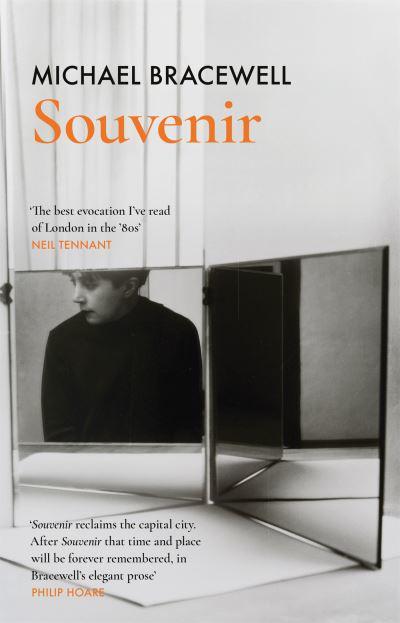
I had the pleasure of listening to Michael read from this strange and lyrical book at a White Rabbit event in St Leonards. I bought a copy and quickly devoured it in a sitting. It’s a haunting tour of post-punk London in the late ‘70s and early ‘80s, portraying the transition from one era to another in tightly pared down prose that has the ever-shifting, tangential qualities of a dream. I particularly love the descriptions of the old Tottenham Court Road tube station and the Virgin Megastore that once stood outside it, ‘part like a factory and in part like a nightclub, presaging the Deep Space Industrialism to come, yet still quite crude; the theatricality of the retail design on a frequency with emerging technologies.’
Heavy Time: A Psychogeographer’s Pilgrimage – Sonia Overall (Penned in the Margins, 2021)
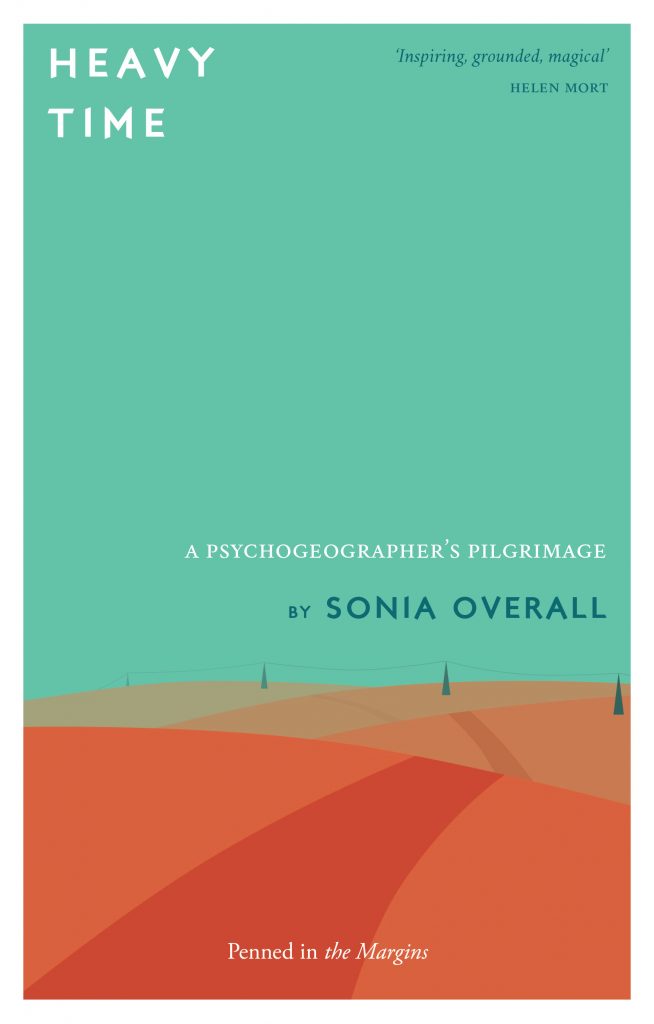
Sonia is another writer I’ve had the privilege of meeting, back at a psychogeography event in Huddersfield where she led an improvisational, imaginative walk through the town. Her book, Heavy Time, portrays a pilgrimage from Canterbury to her hometown of Ely, full of observations, digressions and frustrations as the route took its physical and mental toll. Eventually she finds that pilgrimage is a cure – “a shockwave through the futility of busyness’.
Borderland: Identity and belonging at the edge of England – Phil Hubbard (Manchester University, 2022)

A geopolitical study of the southern English coastline, from Whitstable to Dover to Dungeness. For Phil Hubbard, the Kentish borderland is an ever-shifting space, rife with contradictions, culture clashes, and eco-anxiety. It is a timely interrogation of the connection between place and identity in the post-Brexit era.
Otherlands: A Journey Through Earth’s Extinct Worlds – Thomas Halliday (Allen Lane, 2022)
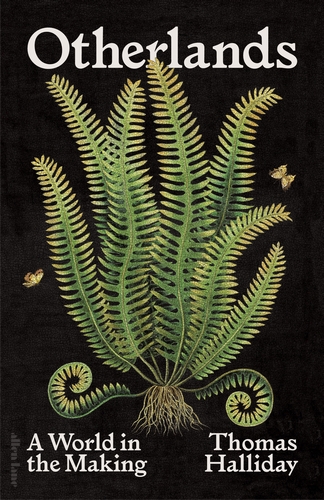
This impressive natural prehistory book paints lyrical portraits of ancient landscapes. It begins 20,000 years ago in Alaska, then each subsequent chapter leaps back in time… Kenya 4 millions years ago… China 125 millions years ago… South Africa 444 million years ago… culminating in Australia, 550 million years ago. Halliday describes increasingly bizarre fauna and flora in landscapes that are so alien, it feels like a journey through distant planets in far flung galaxies. Take the Tully Monster, which lived in the sea 309 million years ago: “They have a segmented torpedo of a body, and at the rear, two rippling tail fins that look a little like the wings of a squid. At the front, a long, thin feature, something like the hose of a vacuum cleaner, wiggles, with a tiny, tooth filled-grabbing claw at its end.”
Scorched Earth: Beyond the Digital Age to a Post-Capitalist World – Jonathan Crary (Verso 2022)
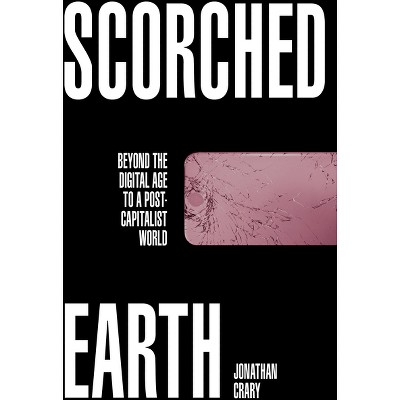
We are all totally fucked and digital technologies are a large part of that fuckedness. That’s the gist of Crary’s brutally frank essay. He argues that the internet has accelerated the plunder of finite resources to supply the demand for constant electrical power. “The many digital devices and services we use now are made possible through unending exacerbation of the earth’s biosphere by resource extraction and needless energy consumption”, he writes. “The internet complex has become inseparable from the immense incalculable scope of 24/7 capitalism and its frenzy of accumulation, extraction, circulation, production, transport, and construction, on a global scale.” The upshot is, if we continue like this, we face ecological disaster.
What the Daemon Said: Essays on Horror Fiction, Film, and Philosophy – Matt Cardin (Hippocampus Press, 2022)
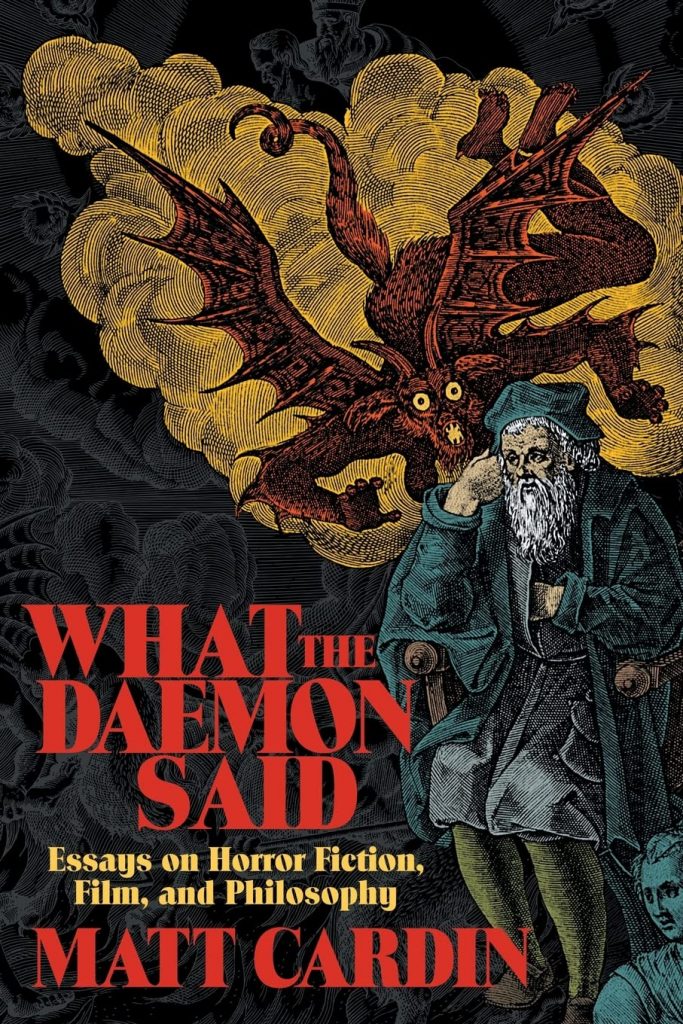
I was turned onto this book by the Weird Studies podcast (do check that out, it’s brilliant). It includes analyses of works by Thomas Ligotti, along with essays on the philosophical implications of cosmic horror and weird fiction. There’s a good essay on the history of Angels and Demons; how they were influenced by ancient religious texts; and how they manifest in modern horror cinema. And in a sideways take on George Romero’s Living Dead films, Cardin argues that they can be seen as a tool to enhance the realisation that “the human self” is a “helpless, groundless phantom lost in a vortex of body flesh”. This might be a good thing to do, in spiritual terms, much like Buddhists monks meditate in the presence of decomposing corpses. The films also have an apocalyptic Christian dimension. As one characters points out, the dead are coming back to life because heaven is full. Therefore at the heart of the trilogy’s spiritual message, writes Cardin, is that “we must face this nightmarish world of ravenous walking corpses, without the possibility of being saved.” HAPPY CHRISTMAS!
ART / ILLUSTRATION
Felt Events – Ilana Halperin (Strange Attractor 2022)
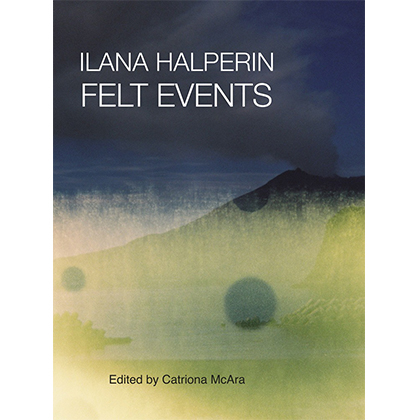
This is a collection of essays about the work of Edinburgh-based American artist, Ilana Halperin, interlaced with photos, illustrations and interviews, concluding with a series of written pieces and images by Ilana herself. Her art blurs lines between the organic and inorganic; between the personal and the geological. In the deep time processes of geology, lava is spewed from the volcanos to create new crust, and tectonic plates smash into each other, producing mountains that erode and compress into new forms of rock. Organic life decays into layers of matter, slowly turning to stone that will one day become the solid ground upon which new life grows, before it too is turned to stone. We all become rock, eventually. Halperin intimates wonderful, poetic connections between humans and geology- for instance, her relationship with an Icelandic volcano that was born in 1973, the same year as she came into being.
England on Fire: A Visual Journey Through Albion’s Psychic Landscape – Stephen Ellcock, Mat Osman (Watkins 2022)

This is a selection of obscure works, outsider art and vintage photographs curated by Stephen Ellcock with accompanying text by writer and former Suede member, Mat Osman. The aim is to scour “England’s dark corners for the nation’s true nature”, which turns out to be something strange and magical. The collection goes from paintings of biblical floods, through Victorian survey maps and stereographs of folkloric topographical features, to supernatural photography, images of Neolithic monuments and sacred landscapes, all the way to Hogarthian cityscapes, shabby English seasides and riots in Hackney. I was pleased to see that the book includes a photograph by the excellent Jeff Pitcher, who took the cover shot for my book Car Park Life.
Where? – Simon Moreton (Little Toller, 2021)

This blend of illustration, photography and text brings together the author’s memories of his late father with the Shropshire landscape. As the narrator recounts stories from his childhood past, fragments of strange local history and fascinating topographical details seep into the memoir. The lines between memory and imagination, fact and fiction, become blurred, forming something powerful and mythic. That’s where the magic happens, Moreton writes, for it is in the “gaps between memories, where stories – fallible, imaginative, confabulatory – take root.”
Field Notes – Maxim Peter Griffin (Unbound 2022)
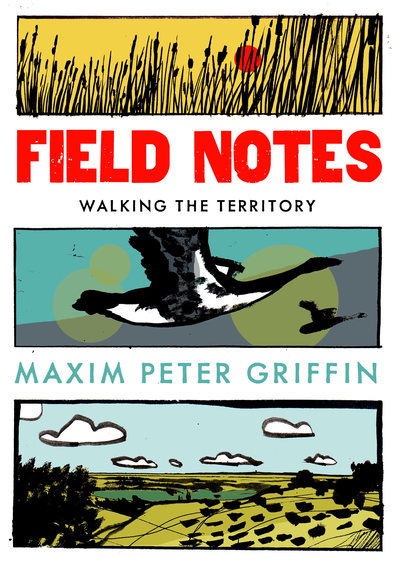
Maxim Griffin is one of my favourite landscape artists and I featured him several times in the early days of Unofficial Britain. So I was delighted when Field Notes was finally published this year after a long and valiant kick-starter campaign. Maxim’s vivid Lincolnshire landscapes are moody and psychedelic, emblazoned with colour, suggestive of sentient energies lurking in the fields and hedgerows. Other pieces capture the alluring dread of recently ploughed flatlands, flown over by flocks of birds and fighter jets. The telegraphic prose that accompanies the art is punchy, elemental and poignant. As Maxim puts it: “the language is concrete – fallen off the edge of the academic into deep poetry”.
Explosive Sweet Freezer Razors – Gareth A. Hopkins (self-published, 2022)
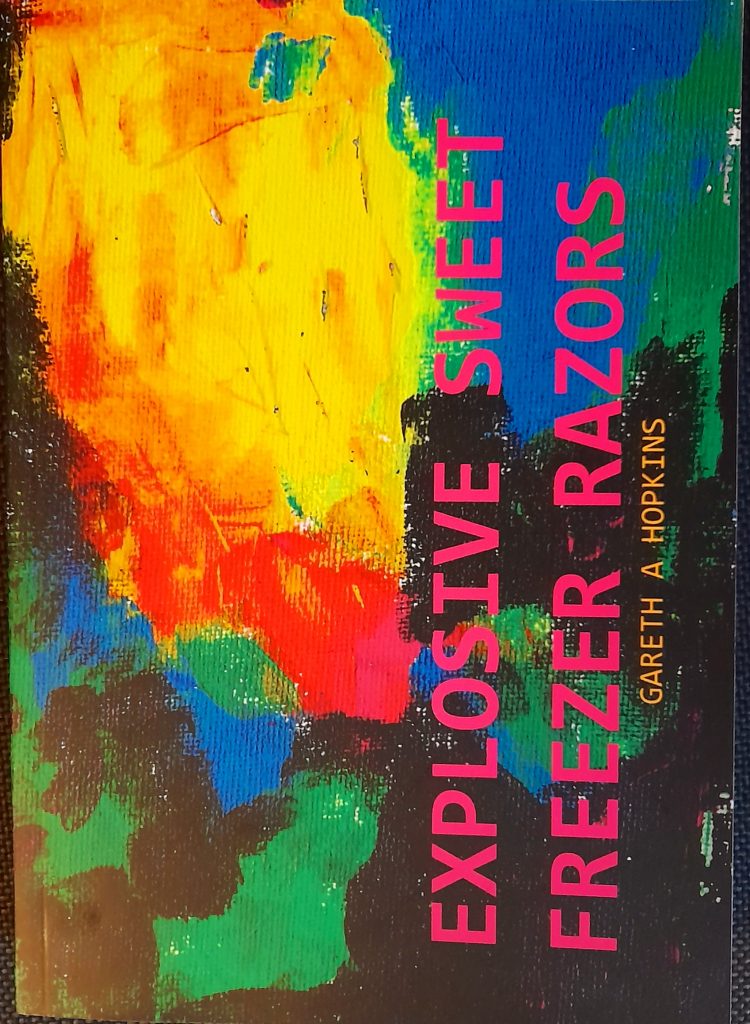
Gareth A Hopkins abstract and surreal comic book deftly fuses the mundane with the fantastical. Fragments of life in car parks, supermarkets and bathrooms are interwoven with otherworldly landscapes, ancient geological events and ghostly presences. As the sardonic protagonists of these stories attempt to navigate the ups and downs of the everyday, they are haunted by the spectre of deep time.
In the Pines – Paul Scraton & Eymelt Sehmer (Influx Press, 2021)
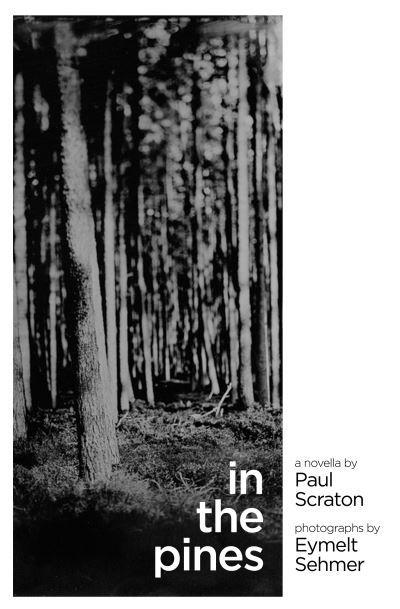
This beautiful novella by Berlin-based writer Paul Scraton is accompanied by the visual experiments of Eymelt Sehmer, who uses a 170-year-old technique of collodion wet plate photography to create timeless monochrome images of trees. In a similarly haunted fashion, Paul’s narrator travels deep into his own past, fusing his recollections with the folklore of woodlands. Traditionally, forests are the lair of wolves, witches and malevolent spirits. This has continued into modern times, where woodlands continue to inspire rumours of buried bodies and disappeared children. Even so, the narrator finds solace in the depths of a forest: “Plenty of life. Plenty of company. A good place to rest.”
FICTION
Blind Owl – Sadeq Hedayat (Penguin, 2022)

First published 1936, this is a new translation of a classic Iranian novel. I picked it up not knowing much about it, and was blown away. This is dark, nightmarish stuff. High on opium and drunk on booze, its isolated narrator recounts visions of an old man in a cape and turban, sitting by a stream, watching a woman dance. This same motif appears on a vase, excavated from the site of a lost city, and also on the scenes he obsessively draws on pen cases. The plot is labyrinthine, surreal and cryptic, shot through with a desperate nihilism. Reading it is like inhabiting a tortured mind. It consumes you. The author eventually took his own life and in the decades that have passed, this novel has attained a folkloric reputation for inspiring self-destructive urges in its readers. Tread carefully.
They: A Sequence of Unease – Kay Dick (Faber, 2022)
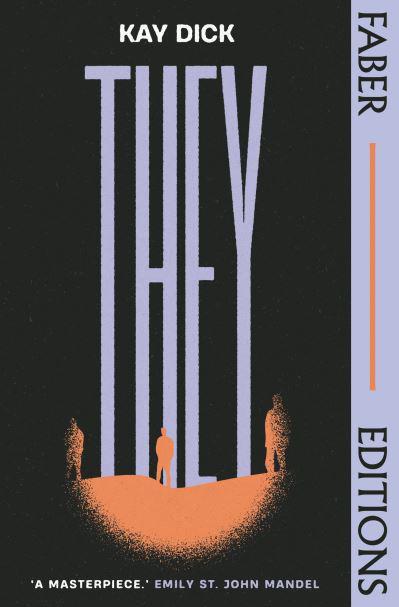
Continuing my trend for reading weird, overlooked classics, I picked up this dystopian novel on a whim this year. Kay Dick was a London based author who became the first female director of an English publishing house, aged 25. They was published in 1977 but became a bit of an obscurity until it was pulled back into the grim, harsh light of modern day by Faber & Faber. In a series of enigmatic vignettes we encounter artistic characters living on an unnamed English coastline. They live under threat of mutilation, brainwashing and death by an undisclosed group described only as ‘they’. It’s an acute satire on censorship with the essence of classic English folk horror.
The Lonely Londoners – Sam Selvon (Penguin 2006)
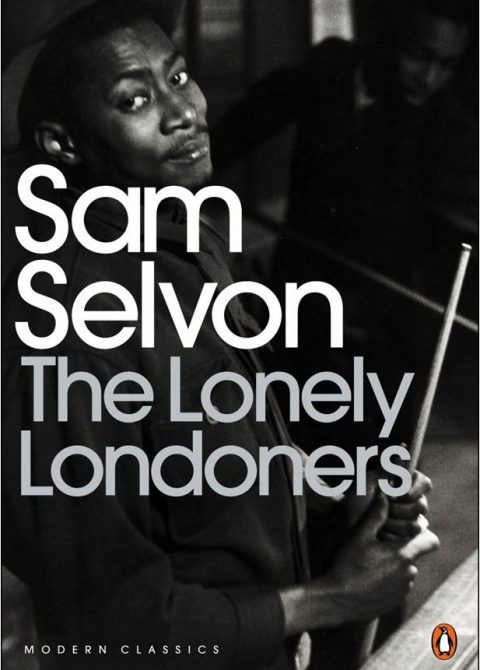
First published in 1956, this is a very funny novel about the Windrush generation, in which the London is rendered strange, confusing and hostile through the eyes of recently arrived emigres who must quickly come to terms with their adopted home city. Sam Sevlon based this story on his own experience coming from Trinidad to England in the 1950s. Unsurprisingly, then, the eccentric characters are believable and beautifully drawn, while the prose is sharp, with hilarious anecdotes following each other in quick succession.
I’m going to round off this fiction bit with four novels from Influx Press, who have published four of my books in the past ten years (the damned fools!) They’re going on hiatus for the foreseeable future, sadly, but they finished their decade-long run with some great books, including these…
The Service – Frankie Miren (Influx Press, 2021)

This fast-paced novel about British sex workers was educational, eye-opening and a very good read at the same time. Author Frankie Miren has drawn upon her own experiences to create a complex, nuanced portrayal of an oft-misunderstood world. The book is narrated by a variety of characters, including a mother who lives in fear of losing her income, a student with mental health issues trying sex work for the first time, and a journalist who is campaigning to ban sexbots. This is novel that everyone should read before they begin tossing around their opinions on the sex industry.
The Witnesses Are Gone / From Blue to Black– Lane, Joel (influx Press, 2022)

There are hints of Cronenberg’s Videodrome in The Witnesses Are Gone, a novella by the late Joel Lane, republished this year by Influx Press, along with From Blue to Black, Lane’s novel about a post-punk band. Both books (indeed all of his books) are worth a read. Joel Lane is masterful in his descriptions of Birmingham’s industrial edgelands, and those fringe cultures who inhabit them. In The Witnesses Are Gone a man discovers a box of video cassettes by an obscure French director, sparking an obsessive quest to find more of his works, which leads him to strange realms. From Blue to Black details a love story between two men in a cult band named Triangle, set in the early ’90s.
In the Shadow of the Phosphorous Dawn – Rob True (Influx Press, 2021)
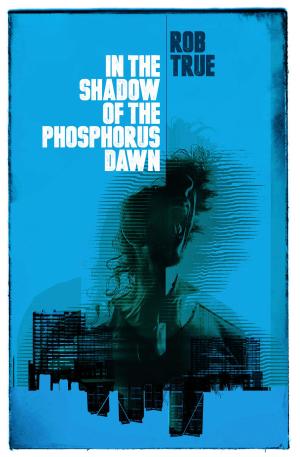
If the weird urban fiction of Joel Lane floats your boat, then Rob True is the closest thing to his successor that I’ve read – well, based on this debut novel anyway. Tormented by disturbing visions, the protagonist is drawn into a murky criminal underworld. In this violent and hallucinatory London, horror seeps into the everyday, finding its place in the shadows of a troubled mind.
Our Struggle – Wayne Holloway (Influx Press, 2022)
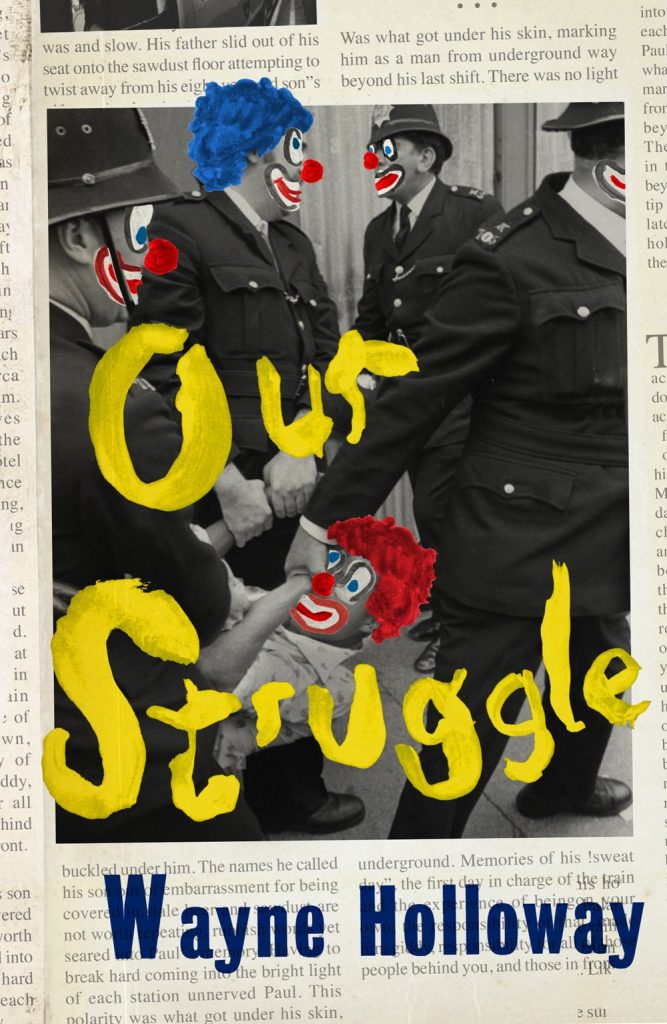
Wayne’s brilliant second novel details the radical political life of ‘Tall Paul’, a former tube driver, seen through the eyes of his former student friend, now a filmmaker who shoots advertising commercials. Told in exuberant, high octane prose, the story revels in tales of drugs, booze, sex, strikes and protests, from the ’80s and ’90s right through to our own deeply troubled present. It’s a book about hope, struggle and regret. What happens when you have to abandon your ideals as you get older and deal with the demands of work and family? “Was any of it worth it?” wonders the narrator. But it’s also about the semi-fictitious nature of memory and the stories we tell about our lives.
MUSIC
Hawkwind: Days of the Underground – Joe Banks (Strange Attractor, 2021)
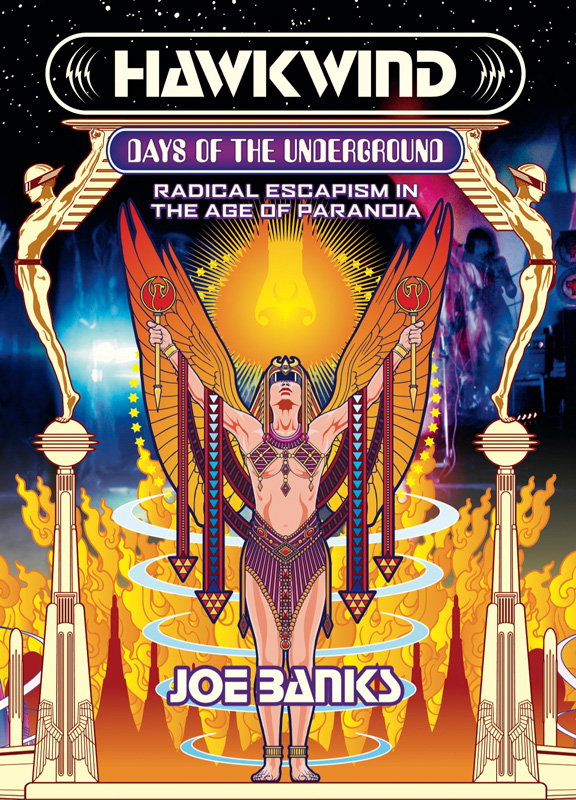
This comprehensive primer, covering the life and times of Hawkwind in the ’70s and early ’80s, includes illuminating interviews, album cover art, photographs and newspaper clippings. It’s more than simply the story of a band, it’s a portrayal of a British countercultural movement that offered ‘radical escapism in the age of paranoia’ through Hawkwind’s mind-bending free live gigs, blending prog, psychedelia, electronica and proto-punk with science fiction and the visionary work of Michael Moorcock.
Medical Grade Music – Steve Davis & Kavus Torabi (White Rabbit, 2021)

The fabulous tale of how a world champion snooker player and a British-Iranian prog guitarist came together to create music, told with the assistance of Ben Thompson. The narrative switches between the protagonists’ points of view to relate their separate origin stories. For Davis, it began with a Magma record, purchased on Plumstead High Street. For Kavus, it was watching Strays Cats on Top of the Pops, aged nine. The book details the development of their respective music obsessions, including Kavus’s adventures in Gong, Cardiacs and Knfeworld. I’ve had the unusual privilege of hearing Steve Davis DJ in a military compound on Salisbury plain while on magic mushrooms (me being on the mushrooms, I’m not sure about Davis), and watching him perform analogue synthesiser live with Kavus in their band The Utopia Strong. It’s a funny old world.
Excavate! The Wonderful and Frightening World of The Fall – Tessa Norton and Bob Stanley (Faber 2021)
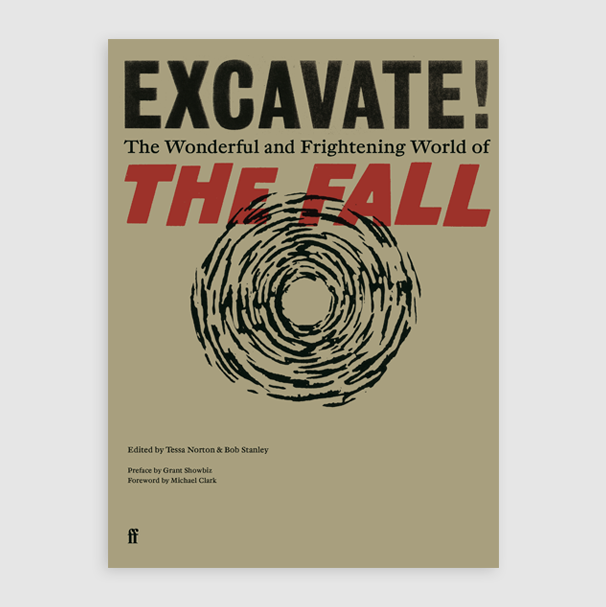
A collection of essays about The Fall, interspersed with album art and ephemera. It includes plenty of stuff that would interest Unofficial Britain readers – Paul Wilson’s essay ‘The Law of Optics: The Fall, the Northern Working Men’s Club and the Refining Powers of Rational Recreation’; Elain Harwood’s ‘Jerusalem to Prestwich’, Tessa Norton’s ‘Paperback Shamanism’ ; Owen Hatherley’s ‘Let Me Tell You About Scientific Management: The Fall, the Factory and the Disciplined Worker’; and Adelle Stripe’s ‘Luxury Complex: New Faces in Hell’.
That’s it from me. If you’re read any great books that might interest Unofficial Britain folk, then please do leave details in the comments below. Have a happy Christmas and all the best for 2023.
ABOUT THE AUTHOR
Gareth E. Rees is the editor of Unofficial Britain and author of Terminal Zones (Influx Press, 2022) Unofficial Britain (Elliott & Thompson, 2020) Car Park Life (Influx Press 2019), The Stone Tide (Influx Press, 2018) and Marshland (Influx Press, 2013).
